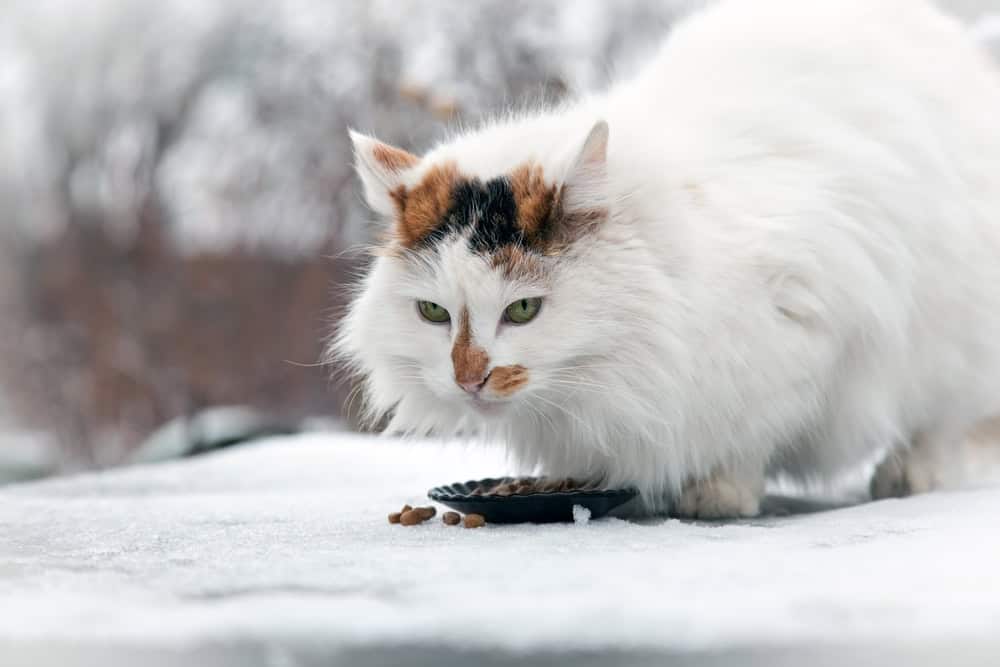Cats are enigmatic, graceful creatures that have fascinated humans for millennia. While many are familiar with common breeds like the Siamese or Persian, there exists a world of rare feline breeds uniquely adapted to survive and thrive in some of the world’s harshest environments. This article explores 15 rare cat breeds specially adapted for life in hot, arid areas, showcasing their unique traits, behaviors, and care needs.
Introduction to Desert-Adapted Cats

Desert-adapted cats are a testament to nature’s ingenuity, having evolved to endure scorching temperatures, scarce water supplies, and limited food sources. These cats not only survive but exhibit remarkable physical and behavioral adaptations. Understanding these breeds gives us insight into the ways animals overcome environmental challenges.
The Arabian Mau A Survivor of the Sands
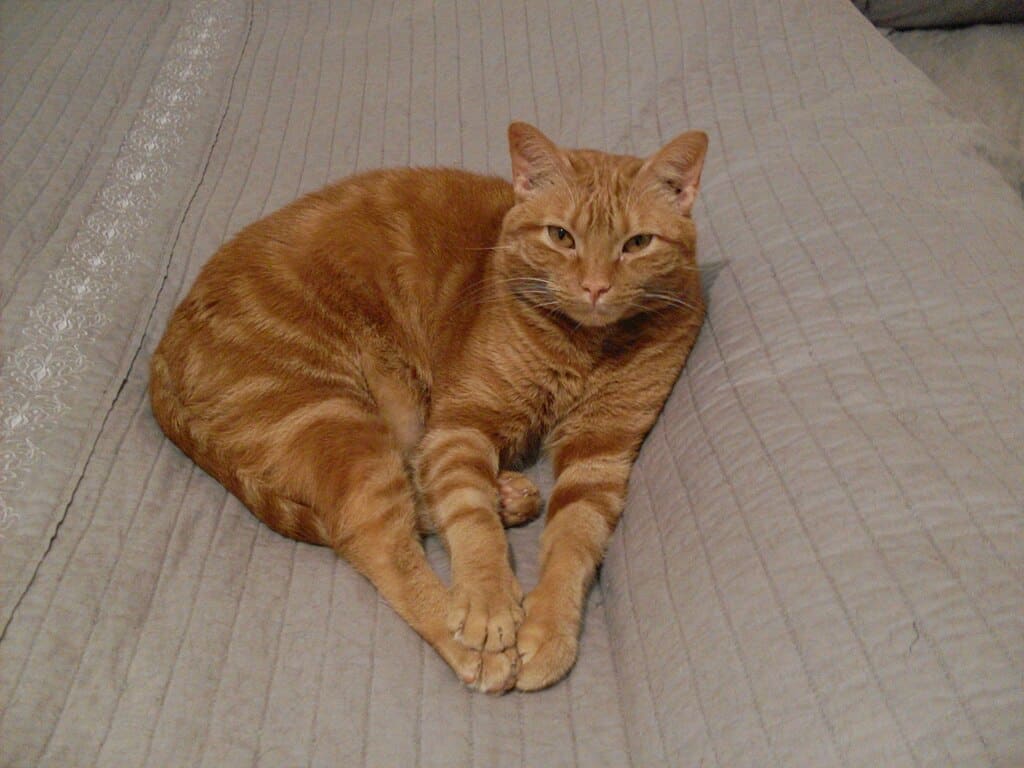
Native to the Arabian Peninsula, the Arabian Mau is a resilient breed known for its agility and hunting prowess. Its short, sleek coat is well-suited to the hot desert climate, and its large ears help dissipate heat. Aside from their physical attributes, Arabian Maus are social, outgoing, and make wonderful companions.
The Egyptian Mau Grace Embodied

The Egyptian Mau, often considered a living relic of ancient Egypt, boasts a spotted coat that offers superb camouflage in desert shrubs. It’s one of the few domesticated breeds that can reach speeds up to 30 miles per hour, a testament to its hunting heritage. With a cheerful demeanor, Egyptian Maus form deep bonds with their human families.
Chausie The Jungle Cat Hybrid
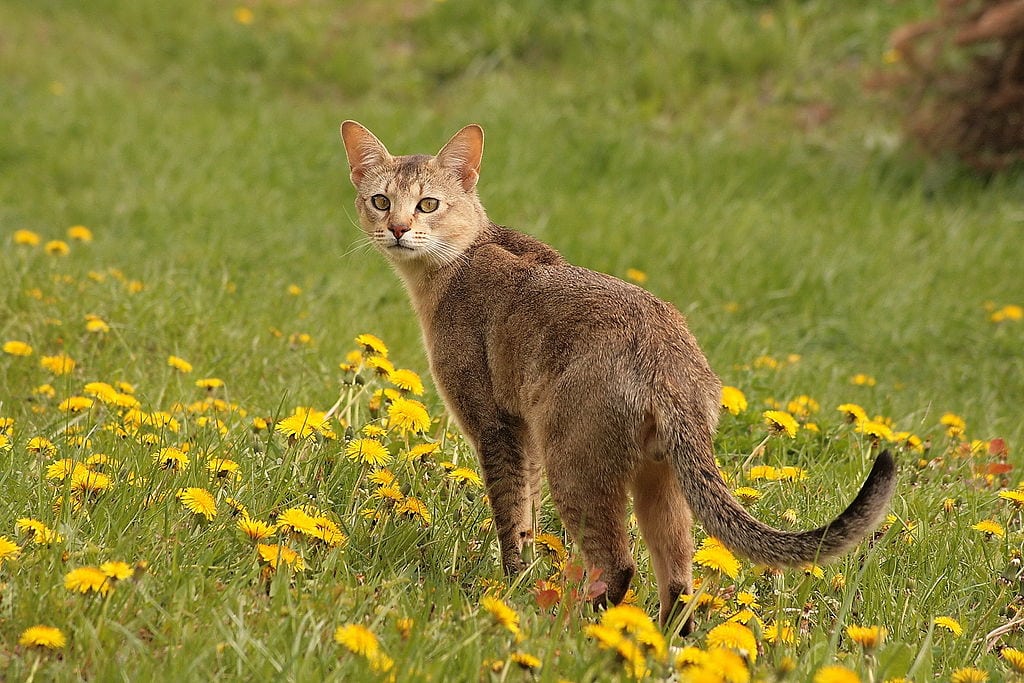
The Chausie, a hybrid of domestic cats and the wild jungle cat species found in the Nile Valley, displays a robust physique and a short coat to keep cool in hot climates. Their lively nature and intelligence make them great pets for those who can provide sufficient mental and physical stimulation.
Sokoke Elegant Forest Dwellers

Sokokes hail from the arid coastal forests of Kenya, where they were revered for their agility and athletic abilities. Their thin coats and lean bodies allow them to remain cool, while their inquisitive personality offers endless entertainment to their owners. Sokokes love climbing and exploring, traits that hint at their wild roots.
African Wildcat Ancestral Lineage

Considered the ancestor of all domestic cats, the African Wildcat is adapted to the hot savannas and deserts of Africa. Its sandy-colored coat provides perfect camouflage, while its large, upright ears efficiently regulate body temperature. Although not commonly kept as a pet, understanding their adaptations sheds light on the traits inherited by modern domestic cats.
Serval Tall and Graceful

The Serval stands out with its long legs and large ears, reminiscent of its savanna habitat. These attributes are crucial for spotting prey and maintaining body temperature. Though not a traditional pet, servals have captivated many exotic pet enthusiasts with their wild beauty.
Caracal The Desert’s Lynx

Another non-domestic breed, the Caracal, is famous for its striking tufted ears and acrobatic hunting skills. Native to Africa, its coat serves as great camouflage against harsh desert landscapes. While they are not suited to domestication, Caracals have an important role in their ecosystems as top predators.
The Turkish Van Master Swimmers
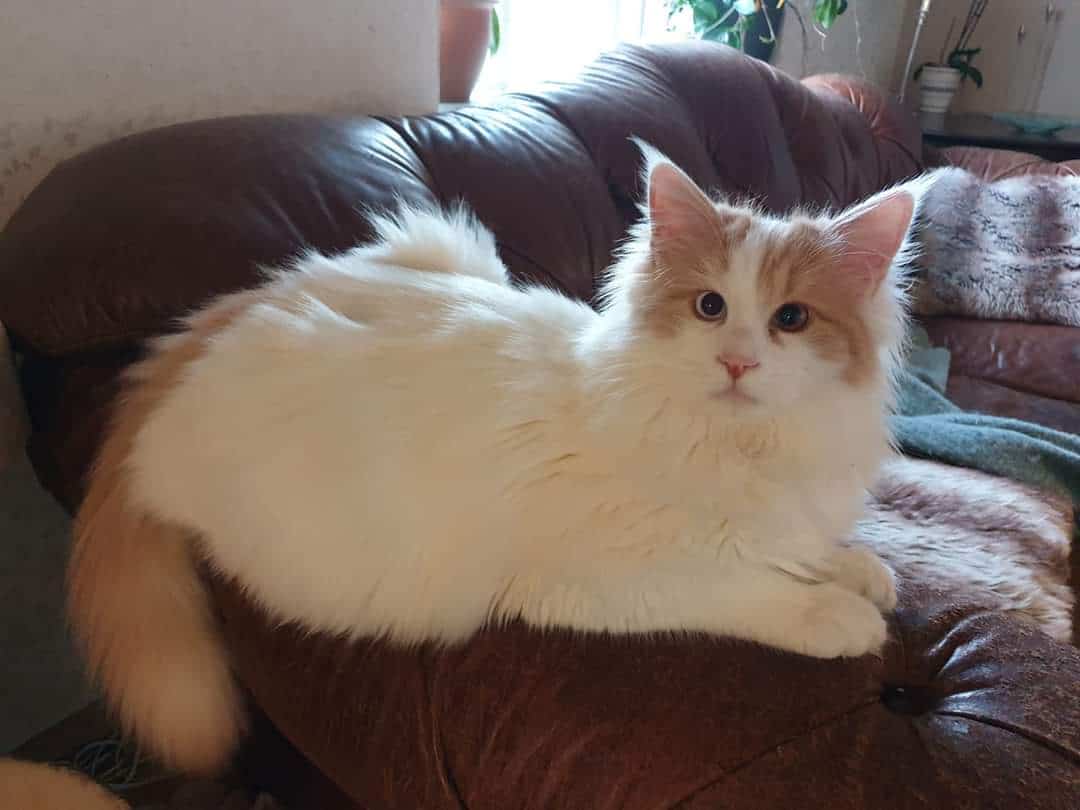
Originating around Lake Van in Turkey, this breed is notable not just for its raccoon-like tail pattern but also for its affinity for water – a rare trait among cats. With a semi-long coat that insulates against temperature extremes, Turkish Vans are affectionate and playful companions.
Sand Cat Master of Stealth

The Sand Cat, perfectly adapted to life in sandy deserts, is one of the smallest wild cats. Its thick fur insulates against extreme temperatures, while its furry paws enable the silent stalking of prey. Although largely nocturnal, understanding the Sand Cat’s adaptability helps in conservation efforts.
Bengal The Leopard’s Doppelganger
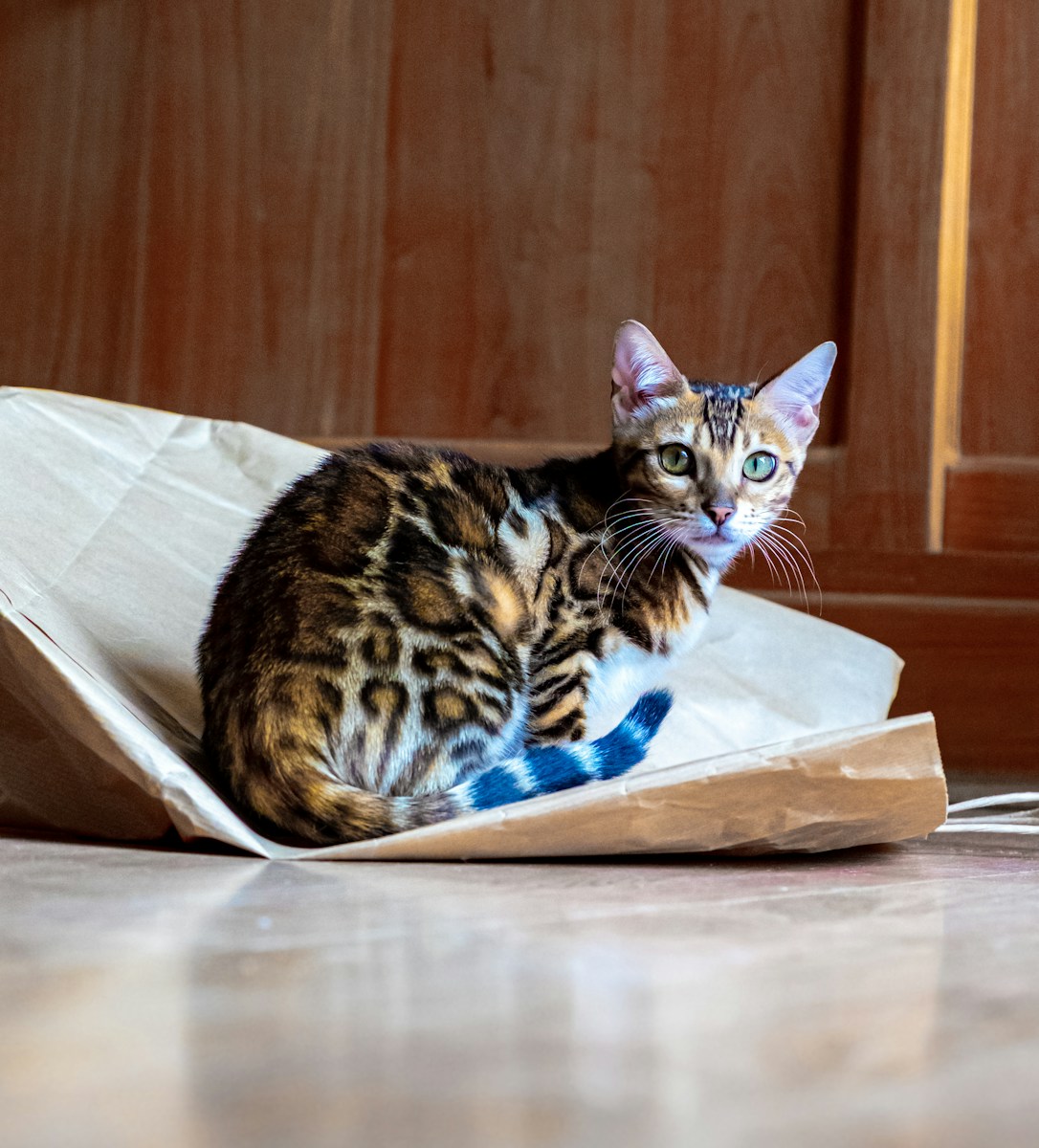
Bengals are admired for their striking, leopard-like spots and energetic dispositions. With origins linked to the hybridization of domestic cats and the wild Asian leopard cat, Bengals possess a playful nature and love for climbing, making them popular among feline enthusiasts.
Savannah Cat An Exotic Fusion
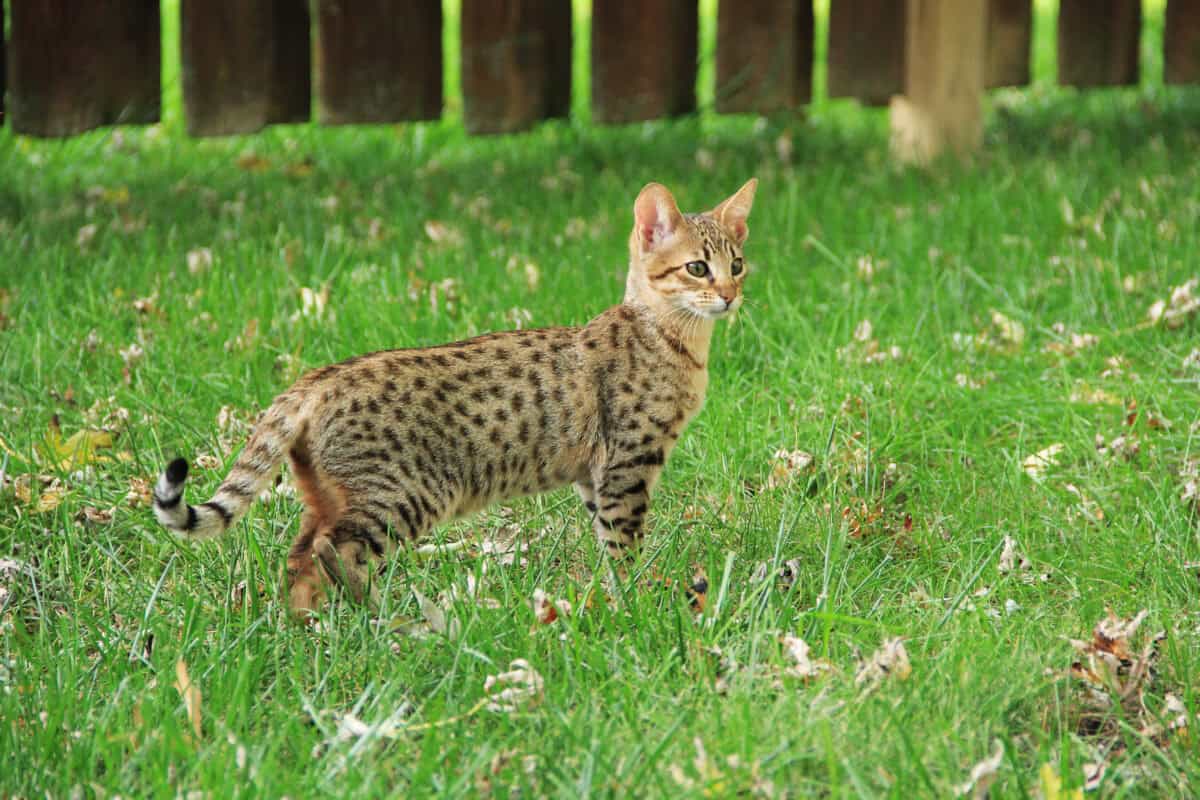
Resulting from a cross between domestic cats and the serval, Savannah Cats exhibit long legs and a lean build that reflect their wild ancestry. Known for their loyalty and dog-like affection towards their owners, these cats require space and mental engagement to thrive.
Korat The Silver-Coated Observer

Hailing from Thailand, the Korat is recognized for its striking silver-blue coat and vivid green eyes. Though not strictly desert-adapted, the breed thrives in various climates due to its social nature and moderate grooming needs. It’s considered a symbol of good luck in its native country.
Health and Care for Desert-Adaptive Cats

Caring for these unique breeds involves understanding their need for ample space, stimulation, and attentive healthcare. Regular check-ups, a balanced diet, and understanding their specific behaviors are paramount to ensuring these rare cats lead healthy and fulfilling lives.
Conclusion: Nature’s Adapted Marvels

Desert-adapted cat breeds are a brilliant declaration of life’s resilience and adaptability. Their evolution is not only a fascinating area of study but also embodies the symbiosis of environment and nature. Whether kept as companions or admired from afar, these breeds remind us of the incredible capacity for all living beings to adapt and thrive amid adversity.
- 10 Animals That Could Make a Comeback Through Cloning - August 20, 2025
- How Darwin Frog Fathers Carry Their Tadpoles in Their Throat - August 20, 2025
- 11 Animals That Lived With Dinosaurs - August 20, 2025

